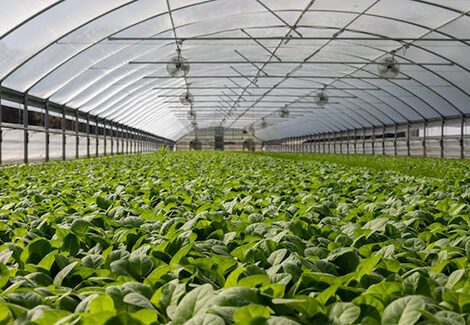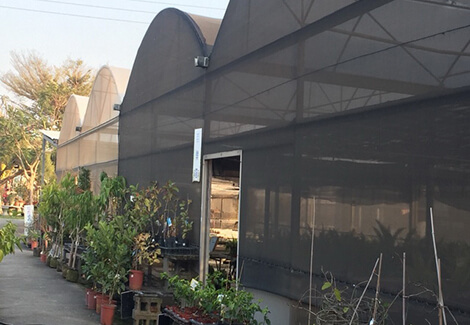HDPE
Understanding HDPE: A Versatile and Durable Plastic Material
High-Density Polyethylene (HDPE) is a widely used plastic known for its robustness, flexibility, and adaptability. As industries and consumers seek reliable materials for a variety of applications, HDPE stands out as a top choice due to its superior properties and extensive usability.
What is HDPE?
HDPE, or High-Density Polyethylene, is a highly crystalline plastic, which gives it an opaque appearance and a higher degree of hardness compared to other polyethylene variants. This plastic's high strength and opacity make it a popular choice for products like dairy containers. HDPE is also resistant to water and oil, making it extremely versatile. It can withstand temperatures above 100°C before it starts to deform.
Additionally, HDPE is highly resistant to alkalis and corrosion, making it a preferred material in industrial applications.
Advantages of HDPE
HDPE offers numerous advantages, including:
- Ease of Molding and Shaping: HDPE is easy to dissolve and mold into various forms, making it suitable for a wide range of manufacturing processes.
- High Tensile Strength: HDPE is known for its excellent tensile strength, allowing it to endure significant stress without breaking.
- High Strength-to-Density Ratio: Despite being lightweight, HDPE has a high strength-to-density ratio, making it both strong and easy to handle.
- Impact Resistance: HDPE is highly resistant to impact, which means it can absorb shocks without cracking or breaking.
- Weather Resistance: HDPE can withstand various environmental conditions, making it suitable for outdoor applications.
- Electrical Insulation: HDPE has excellent electrical insulating properties, making it a good choice for electrical and cable applications.
- Wear Resistance: The material is highly resistant to abrasion, ensuring long-term durability.
- Chemical Resistance: HDPE is resistant to acids, alkalis, and other corrosive substances, enhancing its utility in industrial settings.
- Environmentally Safe: HDPE is free from environmental hormones, plasticizers, and heavy metals, making it a safe and environmentally friendly material.
Is HDPE Recyclable?
HDPE is classified as a "thermoplastic," meaning it can be melted and reformed without losing its properties.
This characteristic makes HDPE recyclable and environmentally friendly. Identified by the recycling code #2, HDPE can be collected, cleaned, shredded, and melted down to produce plastic pellets. These recycled pellets can then be used to create a variety of products such as traffic cones, flower pots, trash bins, pipes, chairs, and more.
Applications of HDPE
HDPE is incredibly versatile, finding applications in numerous industries. Depending on the manufacturing process - whether it be extrusion, thermoforming, blow molding, or injection molding—HDPE can be used to produce a wide array of products. These include detergent bottles, dairy containers, food storage containers, storage boxes, shade nets, 3D printing filaments, pallets, packaging boxes, electrical wires, and cables.
Conclusion
HDPE's combination of strength, flexibility, and environmental friendliness makes it an ideal material for a wide range of applications. As industries continue to prioritize sustainability and durability, HDPE is likely to remain a preferred material in the production of everyday products, from household items to industrial components. Its recyclability further enhances its appeal, offering a practical solution to reducing plastic waste and promoting a more sustainable future.






